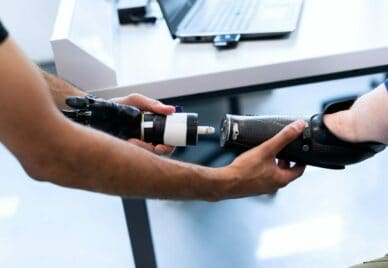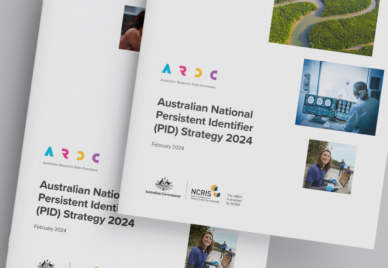Making Data FAIR
Making data FAIR can accelerate your research impact. This is your guide to making data findable, accessible, interoperable and reusable.

Making Data Fair – Made Easy
You spend considerable time, money and effort collecting and interrogating data.
Making your data findable, accessible, interoperable and reusable (FAIR) maximises the impact of your investment, including gaining more citations for your datasets. That helps accelerate the impact of your work as more researchers find and reuse your data.
Explore our collection of best practices for making data fair.
RELATED NEWS AND EVENTS
Subscribe to the
ARDC Connect Newsletter
Stay up to date on digital research news, events, jobs, guides and more











